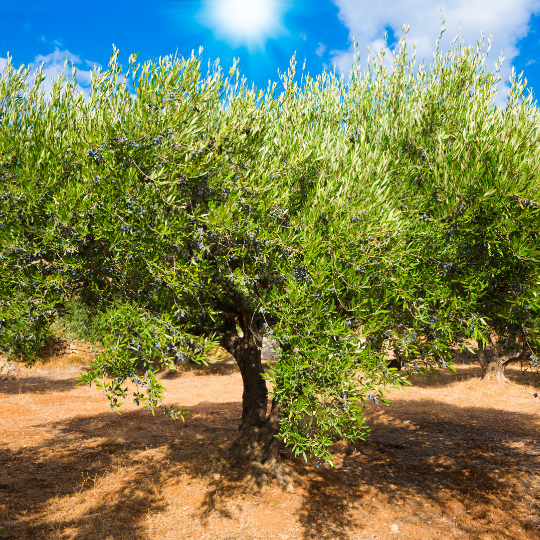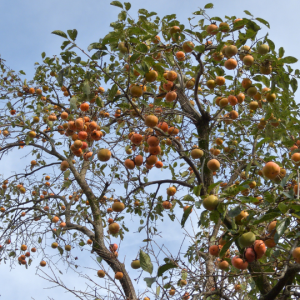
Olea europaea
Edible olive
A slow-growing v-shaped fruit tree that produces white flowers in Spring.
Additional Information
Information | Details |
|---|---|
Botanical Name | Olea europaea |
Common Name | Edible olive |
Also Known As | Edible olive |
SA Tree No | |
Tree Type | Evergreen |
Attracts | Birds |
Features | Wind Break, Screening, Rocky Area |
Flowering Season | Spring |
Focal | No |
Fragrant | Yes |
Frost Tolerance | Hardy |
Fruiting Season | Winter, Autumn |
Growth Rate | Slow <500mm |
Minimal Leaf Shedding | Yes |
Origin | Exotic |
Soil pH | |
Root System | |
Soil Type | Sandy, Loam, Clay, Well Drained |
Suitable Garden Size | Small, Medium, Large |
Suitable Planting Area | Full Sun |
Fruit, Citrus & Nut Trees Pricing
Bag Size | Price Range Incl. VAT |
|---|---|
4L / 5L
| NA
|
7L / 10L
| R40-R400
|
20L
| R300-R500
|
50L
| R600-R800
|
100L / 200L
| R900-R2000
|
Description
Olive trees have beautiful silver leaves and are mostly grown for the fruit they produce. Its fruit is not like traditional fruit but is instead like a drupe that consists of a single stone-like seed. It fruits in Autumn to Winter depending on the cultivar.
Olive trees have a shallow root system and can withstand strong winds. Ideal for any garden landscape, this fruit tree makes a perfect pioneer plant or hedge plant and can be used for indoor or container planting. Best grown alongside herbs and lavender.
- Tolerates temperatures as low as -7°C
- Estimated height: 6-9m
- Estimated width: 7m
- Planting distance: 6m
- Drought-resistant
Cultivars: Frantoio, Misson, Lucino, Corotino.
Pollen compatibility: Two types are required for pollination.
Water requirements: Water occasionally, once it is established.
















